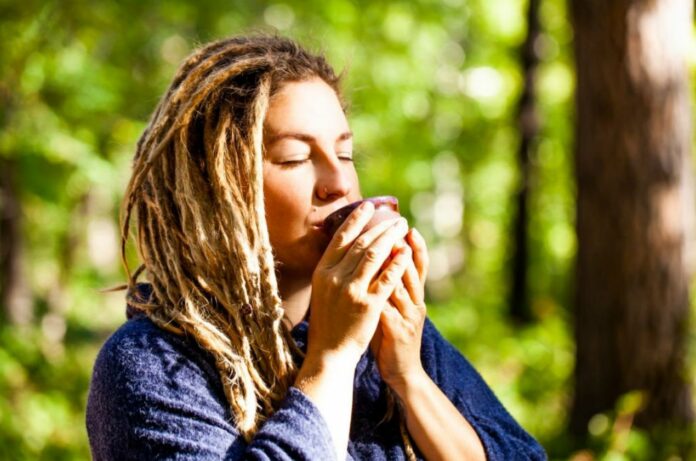Ayahuasca also known as yajé is a hallucinogenic brewed drink from South America that is used in traditional medicine and ceremonial. Its modern application for mental health and spiritual and personal improvement is spreading around the world.
The bark of the banisteriopsis caapi vine, also known as ayahuasca liana, is mixed with the leaves of a bush that contain the hallucinogen DMT. This causes a rapid change in consciousness, intense visions, and, in many cases, long, focused periods of introspection and self-questioning.
The DMT can cause strong visual and auditory hallucinations as it flushes the brain, causing a disconnection between the mind and body. The active component, however, is also believed to create a dialogue with the subconscious, enabling some users to face evil spirits and unresolved traumas.
As shared by Author Louis Emanuel from Telegraph:
“In my case, the hallucinations came thick and fast, washing over me like waves in the pitch black. Pinned to the floor, colours and patterns came crashing down, engulfing everything around me – when I could bring myself to open my eyes. All the while the gentle tribal ikaro, or shaman’s song, took on a warm physical presence.
“I saw reptiles crawling all around me, I watched music swamp the air, I dug deep into discarded memories – but most of all I just lay crumpled, foetal, for near on ten hours grinning like a Cheshire Cat and crying. I was a broken – but happy – mess.”
Ayahuasca is not a social drug, according to him.
Some data suggest the drug’s therapeutic qualities could be used to treat post-traumatic stress disorder (PTSD).
Although ayahuasca’s potential advantages have been investigated in clinical trials and observational studies, few have looked into its risks.
In the new study, the researcher applied data from an online Global Ayahuasca survey conducted between 2017 and 2019 with 10,836 participants from over 50 countries who were at least 18 years of age and had consumed ayahuasca at least once. Ayahuasca use history and context, as well as participant age, physical and mental health, were all recorded.
Overall, 69.9% of the sample reported acute physical health side effects, with vomiting and nausea (68.2% of individuals), headache (17.8%), and stomach pain (12.1%) being the most common. Only 2.3% of people who experienced physical negative events needed medical care. Overall, 55% of participants also reported negative consequences on their mental health, including experiencing nightmares or unsettling thoughts (19.2%), hearing or seeing things (28.5%), and feeling distant or alone (21.0%). Nonetheless, 87.6% of respondents who identified these mental health consequences said they were fully or partially part of a constructive growing process.
Researchers also found that people are more likely to have bad physical effects if they are older, have a health problem or a substance use disorder, have used ayahuasca their whole lives, or took it in an unsupervised setting.
The authors note that when compared to the criteria used to evaluate prescription drugs, ayahuasca has substantial, albeit seldom severe, negative effects. In that regard, they claim that ayahuasca practices cannot be evaluated using the same criteria as those used to evaluate prescription drugs because of the wide range of effects it has, some of which are seen to be part of the healing process.
Many are resorting to ayahuasca owing to dissatisfaction with conventional Western mental health therapies, but the disruptive impact of “this traditional medicine should not be underestimated”, often leading to “mental health or emotional issues during assimilation”, according to the authors.
Even though they are typically temporary and considered to be a positive aspect of the growing process, risks are increased for those who are weaker or “when they are used in unsupportive contexts”.
Source: 10.1371/journal.pgph.0000438
Image Credit: Getty
